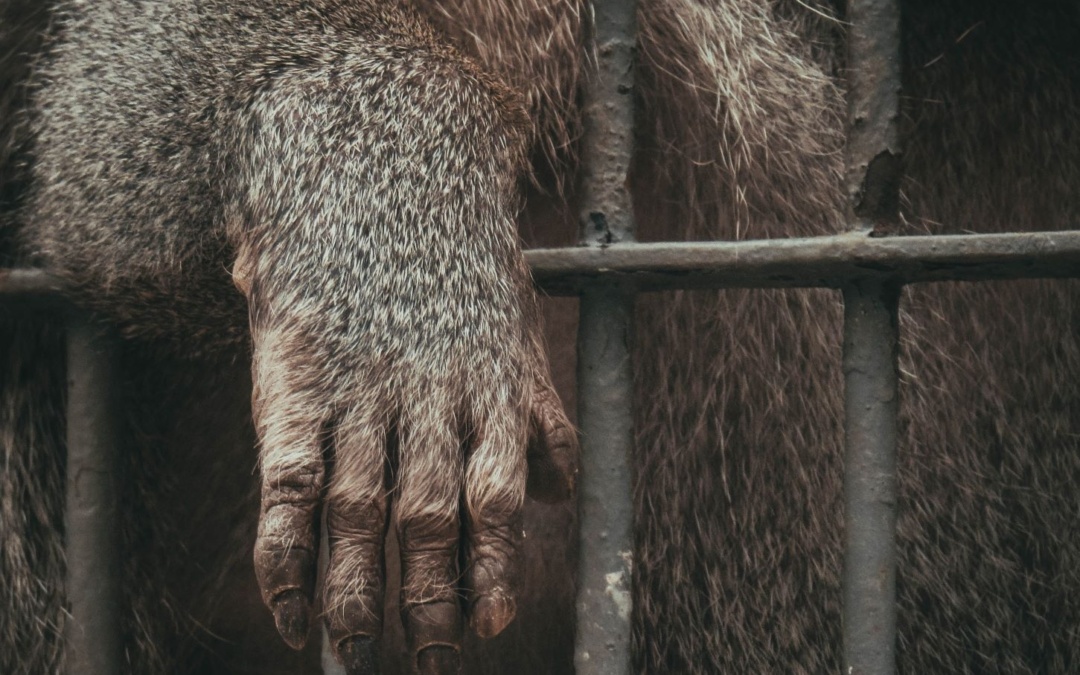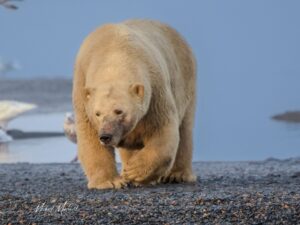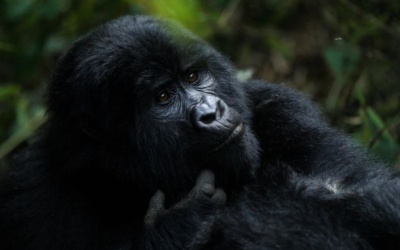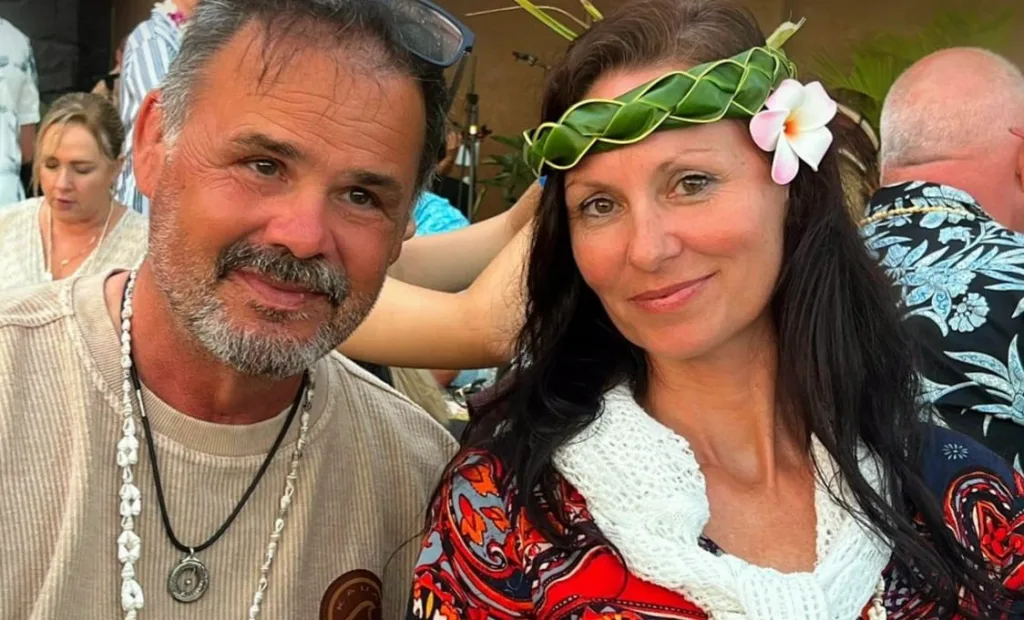Kati and I have traveled far and wide to see incredible animals in the wild. Nothing can compare to seeing a wild Tiger or Polar Bear. To see a leopard in a tree after a kill or feel the ground shake when a herd of elephants are close. We feel so lucky to have been able to experience so much of the animal kingdom.
I remember when I was younger my parents would take me to the zoo. We loved it. We loved seeing the animals and didn’t even think about their treatment. Someone once said that when younger they loved zoos because they loved animals. When they got older they hated zoos because they loved animals. I feel the same way.
For centuries zoos have been ingrained in culture. However recent years have seen a surge, in discussions about the implications of keeping animals in captivity. While zoos were originally intended to educate the public and preserve species, they often fall short of achieving these goals. The unethical nature of zoos becomes evident when considering the compromised quality of life for animals their impact on animal populations the negative effects on animal behavior due to captivity and the unsustainable nature of zoos.
The Quality of Life for Animals
Animals held in captivity often experience a diminished quality of life compared to their counterparts in the wild. They are confined to enclosures that limit their ability to engage in behaviors and restrict their freedom to roam and explore. Consequently, this confinement leads to psychological distress well as elevated levels of stress hormones circulating within their bodies. Research also shows that captive animals are more prone to health issues such as obesity, heart disease and arthritis.
I remember seeing polar bears in the zoo. They typically had a small part with water. Seeing them in the wild, you see that they swim for miles and that a zoo has a poor representation of a polar bear’s habitat.
Or think about captive Orcas. Basically living in a bathtub.
The Impact on Wild Animal Populations
The impact that zoos have on animal populations is a cause, for concern too.
The practice of capturing animals, from the wild for zoos can disrupt the balance of ecosystems. Contribute to declines in population. Furthermore, breeding animals in captivity can result in inbreeding, which reduces diversity and increases the risk of disease.
Another documented concern is the impact of captivity on animal behavior. Animals housed in zoos often exhibit behaviors like pacing, self-mutilation and aggression. These behaviors arise from a lack of stimulation and an inability to engage in behaviors. Additionally captive animals can become overly reliant on interaction leading to psychological distress.
The sustainability of zoos is also an issue to consider. Operating a zoo requires resources such as land, water and energy. Additionally, the cost associated with caring for animals can be extremely high making it challenging for zoos to provide adequate care.
Fortunately, there are alternatives that offer living conditions, for animals while also contributing to species conservation efforts.
For instance, sanctuaries and wildlife rehabilitation centers offer a nurturing environment, for animals enabling them to engage in their behaviors. Moreover, organizations like the World Wildlife Fund are actively involved in safeguarding animal populations through the establishment of protected areas and participation in conservation initiatives. But be careful. Kati and I have also visited a so-called sanctuary in Naples, Florida which was awful. Even worse than a zoo.
But a Tiger kept at home, a zoo, or in Disney is not a wild tiger. There are approximately 5,000 tigers in captivity in the United States. There are a total of less than 4,000 wild tigers left in the world.
Our Final Word
To sum up there is evidence pointing towards issues concerning zoos. Animals kept in captivity often suffer from a lack of opportunities to engage in their behaviors while having a devastating impact on animal populations. Considering these factors shows that zoos may not be the choice, for conservation efforts. Thankfully there are alternatives that prioritize animal wellbeing and contribute positively to species conservation.
We have made a conscious decision to not go to a zoo or visit Disney’s Animal Kingdom. We have traveled the world to see and learn about animals in the wild. We have seen incredible animals do incredible things. We have been lucky.
It is our duty to make decisions that ensure animals are treated with the respect and dignity they deserve.
Related Posts
The Best Places to Eat in Philadelphia
Philadelphia is a foodie’s paradise! From classic cheesesteaks to modern fusion cuisine, the city has something for everyone. Whether you’re looking for a quick bite or a gourmet experience, you’ll find it in Philadelphia. From the Italian Market to Reading Terminal, the city is full of delicious options. From the best seafood restaurants to the trendiest bars, you’ll find something to tantalize your taste buds. So come explore the city and discover the best eats in Philadelphia!
10 Best Beaches in the World
From the crystal-clear waters of the Caribbean to the white-sand beaches of the Mediterranean, the world’s top 10 beaches offer something for everyone. Whether you’re looking for a romantic getaway or an adventure-filled family vacation, these stunning beaches provide the perfect backdrop for a memorable experience. From the lush rainforests of Costa Rica to the rugged cliffs of Australia, these beaches offer a unique and unforgettable experience.
Embark on Life-Changing Adventures: Unleashing the Extraordinary Within!
Tracking Mountain Gorillas. Experiencing Tigers in the Wilds of India. Encountering Polar Bears in the Arctic and the incredible wildlife of the Galapagos. We have done all of those and more and show you that it is not as expensive as you might think. Embark on life-changing adventures and unleash the extraordinary within. Discover thrilling experiences, transformative journeys, and unlock your true potential. Start your adventure today!











0 Comments